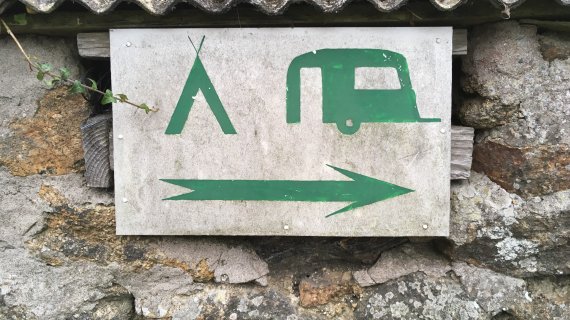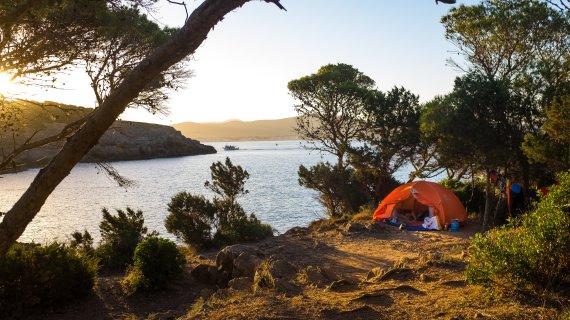For a hike, we pack some snacks and sun milk in our backpacks. For our trekking tour, we add sticks and stoves. In animal trekking, you also drag an animal around with you. OutDoor Society author Pauline Krätzig asks herself: Do we really need this?
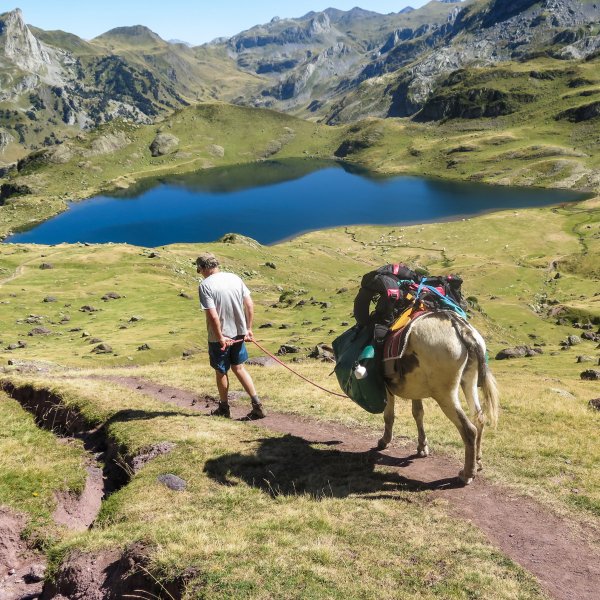
The Scottish "Treasure Island" writer Robert Louis Stevenson was 28 years old and suffered from infernal lovesickness when he wandered through the Cévennes in the autumn of 1878. Like so many, he sought distraction and peace in nature. He had to carry his mental ballast alone, for the rest of his luggage, Stevenson rented a donkey. In his diary "Travels with a Donkey in the Cévennes", he describes the twelve-day journey - 140 years later the "Stevenson Trail GR70" is one of the most popular long-distance hiking trails in France. You almost meet as many donkeys, as people.
The trend is called Animal Trekking. The donkey can also be replaced by a llama or alpaca. With these "exotic animals", which are one hundred percent of the rather cozy, complicated variety, you go on tour - for example in Burgundy or Basque Country, in the Western Carpathians or in the Algarve. It is not possible to ride donkeys and the like, because only about two 15 kilo backpacks are allowed per animal. You should allow yourself to be inspired by the calmness of the animals, to find the ultimate "peace and comfort", is the message of salvation of the providers.
Why doesn't the donkey want to go forward?
It is true that more than two thirds of us want more recovery from everyday stress. But the world's largest study on the subject of relaxation - the "Rest Test" - also revealed that the most important thing for us when relaxing is to be alone, to recharge our batteries in silence. So what is the function of an additional donkey? Whose shouts go between 80 and 120 decibels can almost hurt your ears?
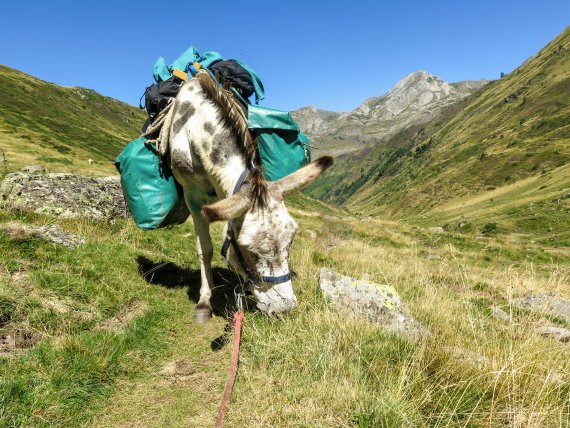
Connecting the nature experience with an additional adventure is the main attraction of donkey trekking, explains a provider from Brandenburg. Obviously one experience alone is no longer enough for the modern multioptional person. And apparently dogs and children have served their time as companions. To speak of a donkey hike is already pushing it, because more than walking is not possible with a donkey in tow. Especially since it is unclear who leads whom: The donkey walks moderately, but only as long as he wants to. Unlike the horse which is led by us, the donkey leads us. He takes us out like a dog, makes us sit and wait. The rather frequently asked question: "Why doesn't the donkey want to go forward anymore?" The French National Association for Donkey Migrations can't explain itself any differently than: "There's always a reason: Is there perhaps someone missing? Another donkey? What's that glitter?"s
Trekking, the long-distance hike away from marked routes, can only mean the cross-country search for the donkey who ran away in search for food. In the Old Testament, Saul was anointed king after he looked for his father's runaway donkeys. With donkey trekking you can be happy if the starting point is still within sight.
The essence of hiking is the hiker and nature. There's a donkey in the way.
For the sake of fairness you have to say: The participants seem to enjoy it. The online evaluations read positively throughout. And the animals are fluffy and cute. But nobody talks about citrically scented spruce needle shoots, uncanny cracking in the silent forest, or the intoxicating exhaustion that fills you while hiking. And that's exactly what a hike is: Experiencing nature and exercising. The human brain can only concentrate on one thing at a time, knows the Austrian psychologist Werner Stangl. How exactly do you admire and enjoy the flora and fauna when Don Camillo, Trude, or Hans-Dieter want to be spanked, cuddled or animated? When you have to keep them - not too loud, not too hectic - from eating all the time, because they don't stop eating on their own? Llamas and alpacas are not the more pleasing alternative. They eat eight to ten hours a day. Yeah, they're fluffy, too. But I urgently plead for more clarity in the language. Just as on booking portals "close to the beach" should always be replaced with "at least 2 kilometers away from the beach", donkey trekking should better be called donkey petting.
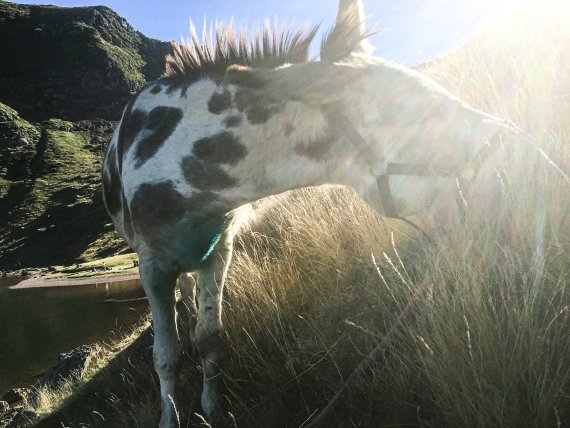
Robert Louis Stevenson called his donkey Modestine, the humble one, and quickly learned how little humble donkeys are, when it comes to their own needs. Stevenson made little progress with his Modestine at a modest pace. He needed 12 days for 225 kilometers. On the first evening, he already couldn't lift his right arm anymore, because he had overstrained himself during the beating. Animal lovers really shouldn't read this book. Fortunately, people like Robert Louis Stevenson are now being looked after by animal welfare.
The essence of hiking are the hiker and nature. Donkeys are absolutely lovely creatures. Not stupid and wantonly stubborn, but clever and extremely careful. Their African ancestors lived in stony areas, where every step had to sit. Uncertain donkeys therefore stop when something seems threatening to them - like a bag of apples that didn't stand there last time. That may well be a lesson to us. By far the most frequent accidents during hiking are stumbling and slipping.

